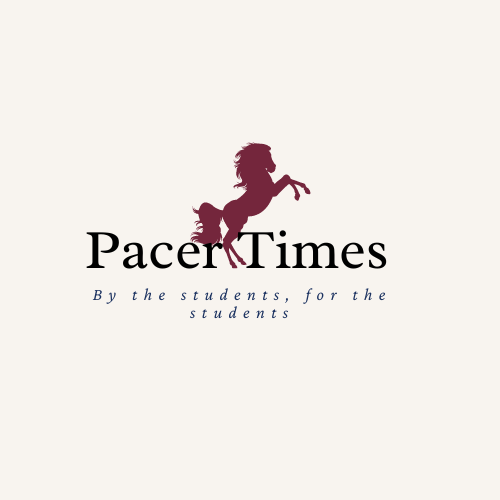Instructional methods, delivery to not influence tuition
Tuition for the fall semester has remained a topic of debate among USC Aiken students.
A shift in instruction methods highlights student perceptions on cost-saving and quality of instruction based on personal experiences with online delivery. Students have reported a lowered quality of learning from online instruction, including from USCA.
On the USCA Student Life Facebook page, a post by Ariel Middlebrooks garnered reactions and comments regarding the fall schedule and static tuition. “So we’re paying full tuition to only be on campus for half the semester … and only housing residents are getting tested?” she wrote.
Students commented on similar grievances with the university, including the enforcement of the mask policy and non-required testing for commuter students.
“Its plainly obvious that the administration does not care about the staff or students,” commented Patrick Ross.
Cassie Lynn disagrees in her Facebook comment: “I will say that even though we aren’t on campus, USCA staff are still working, and professors are still teaching. They have to get paid somehow. I don’t see a reason to complain about the tuition being the same.”
Darren Timmons, provost and executive vice chancellor for academic affairs, offered clarity on tuition issues in email correspondence.
“The cost to deliver a course, as well as the tuition for a course, does not depend on the modality.”
This is also reflected on USCA’s Business Services page. Tuition is calculated per credit hour. The delivery of an online class does not alter the total credit hours a student receives.
This debate is one of national conversations, including various research studies performed to calculate accommodation plans and overall tuition.
“Students have rightly lamented the loss of face-to-face interaction with professors and access to on-campus facilities,” wrote Steven Hemelt and Kevin Stange, associate professors of public policy at the University of North Carolina and the University of Michigan, respectively.
Their research concerning the limitations and financial aspects of remote and blended learning options concluded that “simply moving more instruction online does not fundamentally alter the cost equation.”
Their analysis shows that there is a “negligible association” between online course offerings and its subsequent instructional costs, meaning any changes in cost are statistically indistinguishable from traditional instruction modes.
Hemelt and Stange did not include federal or state financial aid nor non-academic institutional fees (technology and software) in this study.
However, they do predict a potential increase in tuition should there be services provided to students lacking resources to complete online delivery. Services considered include mental health, tutoring, mentoring and financial inequities of students that require additional accommodation from universities.
Timmons stated that USCA is “extremely pleased to continue to help students gain an outstanding education, through the instruction of dedicated faculty, excellent staff, a variety of educational resources ... professional and academic experiences, and, ultimately, an impactful bachelor’s or master’s degree.”






